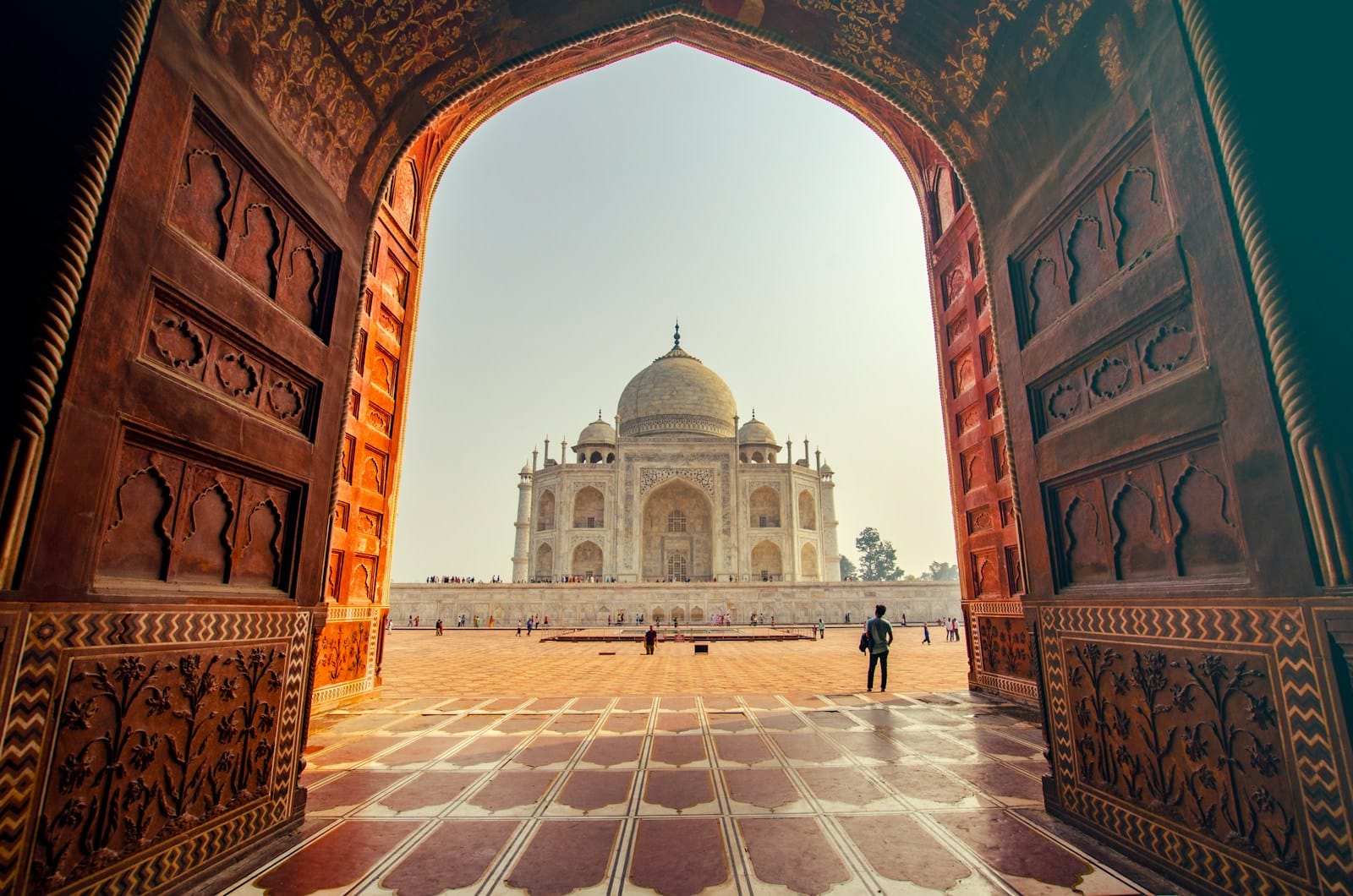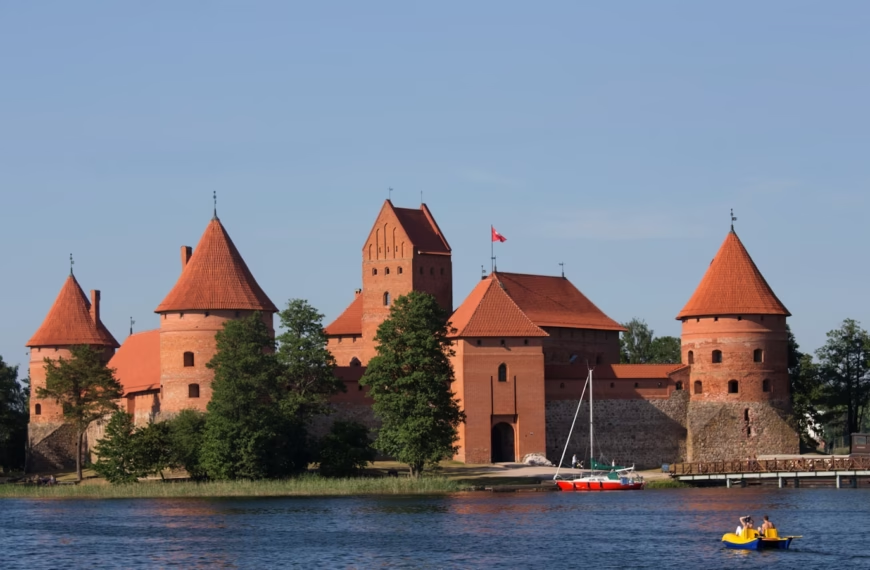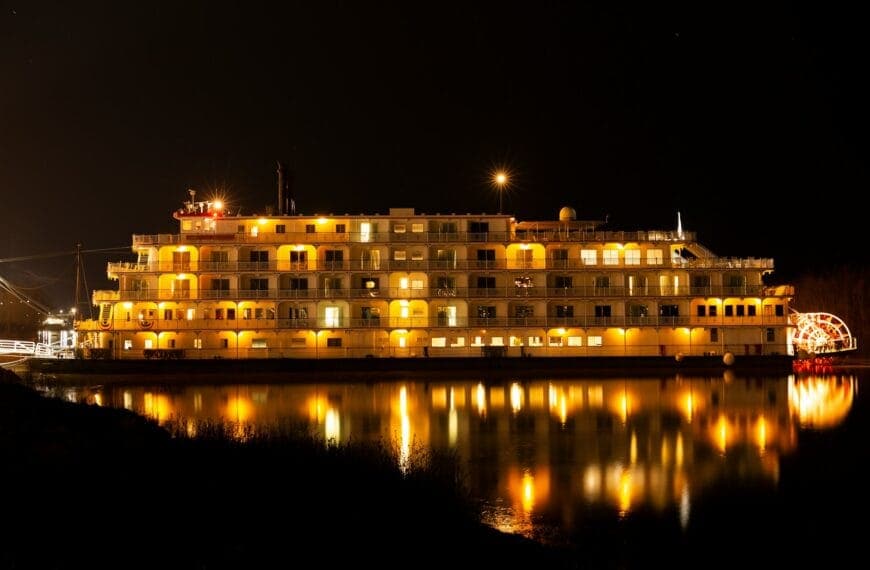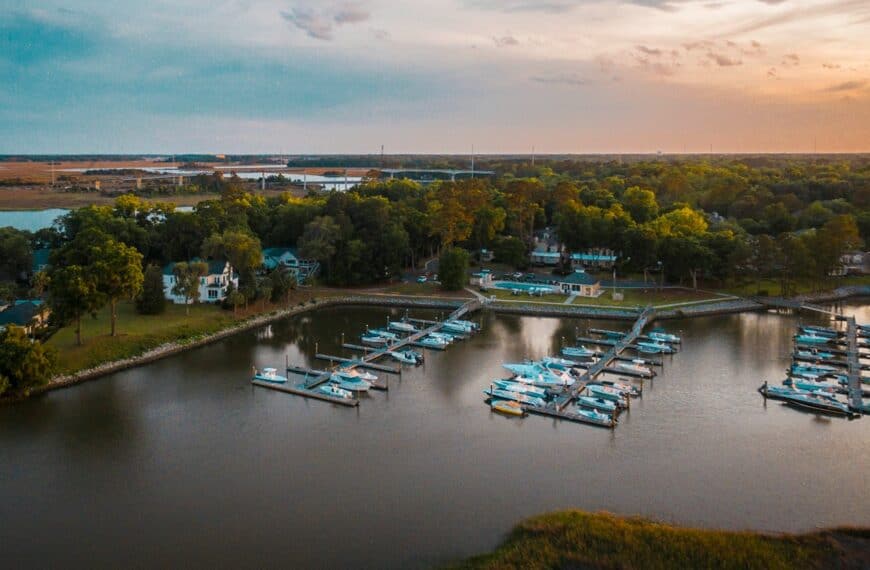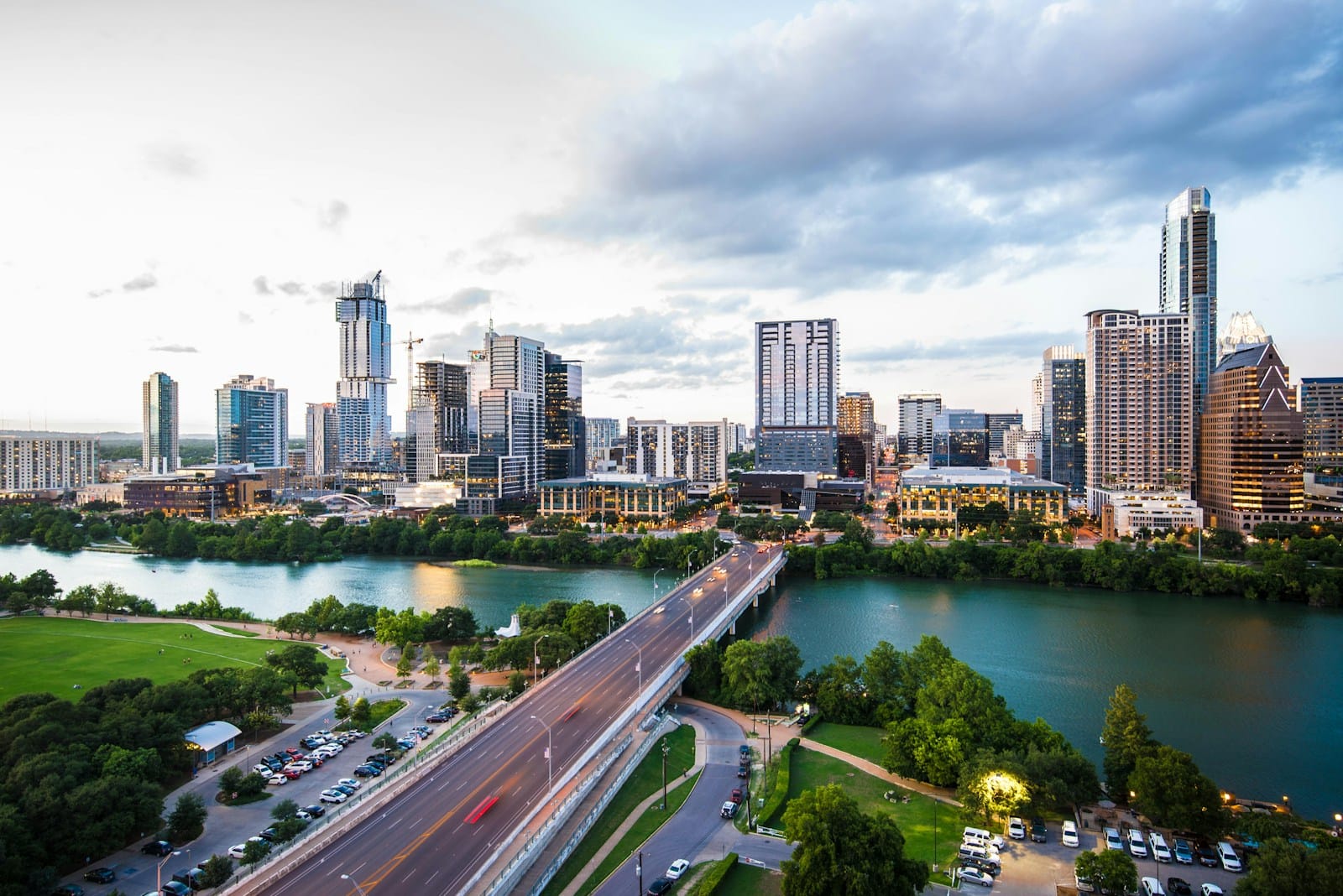India Travel Guide: Heritage, Wildlife, Food and Culture
Intro to India Travel Guide
India stirs the senses from the moment you arrive—aromas drifting from street kitchens, temple bells echoing over old cities, and landscapes shifting from Himalayan snowfields to desert forts and tropical coasts. It’s a country built on layers: ancient civilizations, Mughal artistry, regional cuisines, vibrant markets, and wildlife reserves that protect tigers, elephants, and rhinos. Whether you come for culture, cities, food, history, nature, or local life, India reveals itself slowly, richly, and with unforgettable warmth.
For a seamless trip, browse top-rated India tours and curated activities that highlight the best things to do in India.
Where to Go in India
Andhra Pradesh | Arunachal Pradesh | Assam | Bihar | Chhattisgarh | Goa | Gujarat | Haryana | Himachal Pradesh | Jharkhand | Karnataka | Kerala | Madhya Pradesh | Maharashtra | Manipur | Meghalaya | Mizoram | Nagaland | Odisha | Punjab | Rajasthan | Sikkim | Tamil Nadu | Telangana | Tripura | Uttar Pradesh | Uttarakhand | West Bengal
Territories of India
Andaman and Nicobar Islands | Chandigarh | Dadra and Nagar Haveli and Daman and Diu | Delhi | Jammu and Kashmir | Ladakh | Lakshadweep | Puducherry
💡Quick Facts:
Country: India — South Asia.
Area: 3,287,263 km² / 1,269,219 mi² (Government of India, Ministry of Home Affairs: Census).
Population: ~1.43 billion (Registrar General & Census Commissioner, India – Population Projections 2024.
Capital: New Delhi.
Major regions: 28 states + 8 union territories (Constitution of India).
Official languages: Hindi and English at the Union level; 22 scheduled languages recognized constitutionally.
Currency: Indian Rupee (INR).
Time zone: UTC+5:30 (Indian Standard Time).
Major airports:
Indira Gandhi International Airport, Delhi (DEL)
Chhatrapati Shivaji Maharaj International Airport, Mumbai (BOM)
Kempegowda International Airport, Bengaluru (BLR)
Climate: Ranges from tropical to alpine; monsoon Jun–Sep; winter Nov–Feb; summer Mar–Jun.
Known for: UNESCO sites, Himalayas, Ganges basin, national parks, cuisine diversity, classical and folk traditions.
Major religions: Hinduism, Islam, Christianity, Sikhism, Buddhism, Jainism.
🛂Arrival Info:
Entry requirements: Most nationalities require an eVisa or visa via the Indian Visa Online portal.
Border notes: International land borders with Pakistan, China, Nepal, Bhutan, Bangladesh, Myanmar; requirements vary (Immigration Bureau).
Customs: Allowances and prohibited goods published by Central Board of Indirect Taxes & Customs.
🏥Health Info:
Vaccines: No universal requirement for entry; yellow fever certificate required if arriving from affected countries (Ministry of Health & Family Welfare).
Disease risks: Malaria risk varies by region; dengue present seasonally; WHO India country office.
Water safety: Tap water not potable in most regions; drink sealed or filtered water (MoHFW guidance).
Medical access: Broad network of public and private hospitals; quality highest in Tier 1 cities.
🚑 Check travel insurance options for travel emergencies, delays, and medical needs abroad — Get coverage here
💉 Stay Informed with Official Updates: WHO – International Travel & Health | CDC – Travel health updates
🚨Travel Advisory:
Risk level:
US State Dept
UK FCDO
Canada
Regional notes: Advisories highlight border areas with Pakistan and parts of northeastern states.
Crime/scams: Tourist-targeted scams in major cities; verify taxis and prepaid services.
Civil rights: LGBTQ+ relations decriminalized (2018 Supreme Court ruling); legal texts and updates available via India Code.
🌍Track Real-Time Official Updates: US Travel Advisory | UK Foreign Travel Advice | Government of Canada | NZ SafeTravel
💰Visitor Info:
Currency use & tipping: Cash and digital payments widely used; tipping customary in hospitality (no official guidelines).
Visitor taxes/fees: National park fees regulated by individual state forest departments; check state portals.
Payments: UPI (Unified Payments Interface) accepted nearly everywhere; cards also common.
Typical budgets:
Budget: US$25–45/day
Mid-range: US$50–100/day
Luxury: US$150+/day (varies widely by city and region).
🚍Transports:
Local transit: Metro systems (Delhi Metro; Bengaluru Metro), buses run by state transport corporations.
Intercity: Indian Railways extensive network. Long-distance buses common.
Driving: Left-side driving; IDP recommended. Traffic density high in major cities.
Ride-hailing: Ola, Uber operate widely; autos and taxis rank by meter or app.
🚗 Book reliable airport transfers and in-city rides in advance. Reserve your ride here
🛰️Connectivity:
SIM/eSIM: Airtel, Jio, Vodafone Idea.
Network/Wi-Fi: Strong urban coverage; rural variation.
Power: 230 V, 50 Hz; plug types C, D, M.
🛜 Stay connected abroad with affordable eSIM data packs. Get your eSIMS here
📜Laws & Etiquette:
Alcohol/smoking: Regulations vary by state; legal references via India Code — https://www.indiacode.nic.in.
Dress norms: Conservative attire recommended near temples and rural areas.
Drone rules: Drone operations require DGCA registration.
Photography: Restricted at military areas, airports, and some temples.
👮Safety & Contacts:
Emergency numbers: Police 100; Ambulance 102/108; Fire 101.
Lost passport:
US Embassy
UK High Commission
Tourist assistance: Bureau of Immigration & tourist facilitation.
🗺️US/UK Embassies Abroad: US Embassies | UK Embassies
🏛️ Embassy locator tools: Embassies Worldwide
🌞Weather:
Climate pattern:
Winter (Nov–Feb): 5–25 °C / 41–77 °F depending on region
Summer (Mar–Jun): 25–45 °C / 77–113 °F
Monsoon (Jun–Sep): Heavy rainfall; varies by coast and inland
🌦️ Meteorological authority: India Meteorological Department
India by Region — Where to Go
North India
A mosaic of Mughal monuments, desert kingdoms, holy rivers, and mountain foothills.
- Delhi — A capital of contrasts: Mughal tombs, colonial avenues, Sikh temples, arts districts, and massive food scenes. Stroll Old Delhi’s bazaars or explore Lodhi Art District for contemporary culture.
- Agra — Home to the Taj Mahal, Agra Fort, and Itimad-ud-Daulah—three masterpieces revealing Mughal grandeur.
- Rajasthan — Desert forts, painted havelis, camel safaris, and palaces in cities like Jaipur, Udaipur, and Jodhpur. Each region tells stories of Rajput kingdoms and artisan traditions.
- Uttar Pradesh (Varanasi) — The Ganges River spiritual corridor, where evening aarti ceremonies illuminate ancient ghats.
- Uttarakhand — Foothill towns like Rishikesh and Mussoorie, spiritual centers, yoga retreats, and mountain trekking routes.
South India
Lush landscapes, temple architecture, coastal backwaters, and rich culinary traditions.
- Kerala — Backwater cruises, tea plantations, Ayurveda, and wildlife sanctuaries. Fort Kochi blends colonial history and spice markets.
- Tamil Nadu — Dravidian temple cities like Madurai, Thanjavur, and Chennai’s cultural arts scene.
- Karnataka — Mix of palaces (Mysuru), ruins (Hampi), and tech-driven Bengaluru. Witness coastal life in Udupi and Gokarna.
- Andhra Pradesh — Beaches, temple complexes, and seafood-forward cuisine.
East India
Lands of literary heritage, mangrove forests, terracotta temples, and creative soul.
- West Bengal (Kolkata) — Colonial architecture, arts heritage, and iconic sweets. Dakshineswar temple and Howrah Bridge define the riverfront.
- Odisha — Sun Temple of Konark (UNESCO), Jagannath Puri, pristine beaches, and tribal arts.
- Bihar — Bodh Gaya (UNESCO), the most sacred site for Buddhists worldwide.
- Jharkhand — Waterfalls, tribal craft traditions, and forest landscapes.
West India
Coasts, cosmopolitan cities, vibrant festivals, and desert traditions.
- Mumbai — India’s creative and financial capital where cinema, street food, colonial sites, and sea promenades meet.
- Goa — Beaches, Indo-Portuguese villages, seafood shacks, and nature reserves. North Goa thrives on nightlife; South Goa is tranquil and scenic.
- Gujarat — Stepwells, salt desert landscapes of the Rann of Kutch, craft villages, and UNESCO sites like Champaner-Pavagadh.
Central India
Wildlife heartland with national parks, tribal culture, and historic cities.
- Madhya Pradesh — Khajuraho temples (UNESCO), Sanchi Stupa (UNESCO), and tiger parks like Bandhavgarh and Kanha.
- Chhattisgarh — Waterfalls, tribal festivals, and unexplored forests.
Northeast India
A region defined by bamboo forests, hill tribes, tea plantations, and living traditions.
- Assam — Kaziranga National Park (UNESCO), famous for one-horned rhinos; the Brahmaputra River shapes life across the region.
- Meghalaya — Living root bridges, monsoon landscapes, and the clean village of Mawlynnong.
- Nagaland — Hornbill Festival and tribal heritage.
- Arunachal Pradesh — Himalayan ridges, monasteries, and layered cultures.
The Himalayas
Snowbound passes, monasteries, trekking circuits, and ancient kingdoms.
- Ladakh — High-altitude desert with monasteries, lakes, and Tibetan-Buddhist culture.
- Himachal Pradesh — Hill towns like Shimla, Manali, and Dharamshala— Himalayan views and trekking.
- Sikkim — Organic villages, monasteries, and proximity to Kangchenjunga.
Top Places to Visit in India
Cultural Cities
- Varanasi — A living spiritual landscape where rituals unfold daily along the Ganges.
- Jaipur — Pink city architecture—Hawa Mahal, Amer Fort, gemstone markets.
Natural Landscapes
- Kerala Backwaters — A labyrinth of canals, rice fields, and palm-shaded waterways.
- Himalayan Valleys of Ladakh — Stark desert beauty against towering peaks.
UNESCO Sites
- Taj Mahal (Agra) — Marble masterpiece of global heritage.
- Kaziranga NP (Assam) — One-horned rhinos, river landscapes, and marshland wildlife.
- Hampi (Karnataka) — Bouldered landscapes and temple ruins.
- Majuli Island (Assam) — World’s largest river island with monastery culture.
Urban Favorites
- Mumbai — Coastal promenades, art galleries, and historic districts.
- Kolkata — Literary cafés, colonial history, and Durga Puja artistry.
How to Choose Where to Go in India
- Classic First Trip — Delhi, Agra, Jaipur (Golden Triangle) for history, food, and architecture.
- Culture-Focused — Tamil Nadu temples, Varanasi ghats, Kolkata arts.
- Nature & Wildlife — Kaziranga, Ranthambore, Bandhavgarh, Kerala’s Western Ghats.
- Slow Travel — Fort Kochi, Goa villages, Himachal hill towns.
- Food Travel — Mumbai street food, Hyderabad biryani, Kerala seafood, Kolkata sweets.
- Adventure — Himalaya treks, Ladakh expeditions, Meghalaya caves.
Getting Around India — Transport & Travel Tips
- Domestic Flights — Essential for long distances; major cities well-connected.
- Railways — Extensive network; choose AC classes for comfort. Book early during peak seasons.
- Metro Systems — Delhi, Bengaluru, Chennai, and Mumbai lines ease city travel.
- Private Drivers — Ideal for multi-city itineraries (Rajasthan, South India).
- Buses — Affordable and widespread; quality varies.
- Auto-rickshaws & Taxis — Use meters or apps like Ola/Uber in cities.
Where to Base Yourself in India
- Delhi — Ideal for culture, museums, heritage streets, and onward connections.
- Jaipur — Great base for Rajasthan forts and artisan workshops.
- Mumbai — Urban culture, nightlife, film, and food.
- Fort Kochi — Slow-paced coastal culture with cafés and colonial architecture.
- Goa — Beaches, wellness stays, seafood cuisine.
- Darjeeling or Gangtok — Himalayan charm with tea estates and monasteries.
For a seamless stay, explore top-rated India hotels and neighborhood stays curated for every budget and travel style.
We may earn a commission if you book through our links — at no extra cost to you.
Travel Budget & Costs
- Budget Travelers: $25–45/day (hostels, trains, local thalis).
- Mid-Range: $60–150/day (boutique hotels, guided tours, internal flights).
- Luxury: $250–600/day (heritage hotels, private drivers, premium experiences).
Money Tips:
Eat at local canteens, use metros in big cities, and book trains and flights early.
Best Time to Visit India
- Winter (Oct–Mar): Best overall weather; ideal for Rajasthan, North India, and cities.
- Summer (Apr–Jun): Cooler in the Himalayas; hot elsewhere.
- Monsoon (Jul–Sep): Lush landscapes in South and East India; expect heavy rain.
Festivals & Cultural Events
- Diwali: Festival of Lights celebrated nationwide.
- Holi: Spring festival of colors with vibrant street celebrations.
- Durga Puja (Kolkata): Immersive rituals, art installations, and food.
- Pongal (Tamil Nadu): Harvest celebrations with traditional cooking and decor.
- Onam (Kerala): Flower carpets, dances, and feast traditions.
Must-See Experiences Across India
- Watch sunrise at the Taj Mahal.
- Sail a houseboat through the Kerala backwaters.
- See aarti ceremonies on Varanasi’s ghats.
- Trek among monasteries in Ladakh.
- Walk the bazaars of Old Delhi and Chandni Chowk.
- Explore fort cities of Rajasthan.
- Visit tea plantations in Darjeeling or Munnar.
- Spot rhinos in Kaziranga.
- Tour Hampi’s boulder temples.
- Join coastal cooking tours in Goa and Kerala.
For a seamless trip, browse top-rated India tours and curated activities that highlight the best things to do in India.
We may earn a commission if you book through our links — at no extra cost to you.
Best Travel Itineraries in India
3-Day Plan — Classic Golden Triangle
- Day 1: Explore Delhi’s Red Fort, Humayun’s Tomb, street markets, and India Gate.
- Day 2: Travel to Agra for the Taj Mahal, Agra Fort, and sunset viewpoints across the Yamuna.
- Day 3: Continue to Jaipur for Amber Fort and artisan bazaars.
5-Day Plan — Culture & Cities
- Day 1–2: Explore Delhi’s monuments and food districts.
- Day 3: Visit Agra’s heritage landmarks.
- Day 4–5: Discover Jaipur, including Hawa Mahal, forts, and craft workshops.
7-Day Plan — North & West India Highlights
- Day 1–2: Delhi’s museums, markets, and Mughal sites.
- Day 3: Agra’s Taj Mahal sunrise.
- Day 4–5: Jaipur’s forts and Pink City culture.
- Day 6–7: Fly to Mumbai for street food, art zones, and sea promenades.
10-Day Plan — India’s Grand Circuit
- Day 1–2: Explore Delhi.
- Day 3: Travel to Agra.
- Day 4–5: Continue to Jaipur.
- Day 6–7: Fly to Kerala for backwaters and spice markets.
- Day 8–9: Move to Goa for beaches and seafood culture.
- Day 10: End in Mumbai for markets and colonial architecture.
Adventure & Water Activities
- Himalayan treks in Ladakh, Himachal, Sikkim
- Rafting in Rishikesh
- Scuba diving in Andaman Islands and Goa
- Kerala kayaking tours
- Desert safaris in Rajasthan
National Parks & Wildlife Reserves
- Ranthambore NP — Tiger sightings in ancient fort landscapes.
- Kaziranga NP — One-horned rhinoceros, wetlands, and elephants.
- Bandhavgarh NP — Forested tiger territory.
- Periyar Wildlife Sanctuary — Elephants, boating, and rainforest treks.
Responsible & Regenerative Travel in India
- Support local artisans through direct purchases.
- Choose wildlife tours run by trained naturalists.
- Use refillable bottles; avoid single-use plastics.
- Respect temple customs and photography rules.
- Stay in eco-lodges or community-run homestays.
History & Heritage
- Ancient Civilizations: Indus Valley archaeological sites and early trade routes.
- Mughal India: Architectural wonders that shaped art and urban design.
- Colonial Era: British-built institutions and heritage precincts.
- Independent India: Multilingual, multicultural democracy influencing global culture.
Accessibility & Inclusive Travel
- Major sites like Taj Mahal, Qutub Minar, and South Mumbai provide wheelchair access.
- Metro systems are accessible.
- Many hotels offer mobility-friendly rooms.
- Sensory-friendly tours growing in larger cities.
Photography & Creative Planning
- Golden hour at the Taj Mahal and Hawa Mahal.
- Street photography in Delhi, Mumbai, Kolkata.
- Landscape shots in Ladakh and Kerala backwaters.
- Festival photography—Holi, Diwali, Onam—requires cultural awareness and respect.
Travel Safety & Cultural Etiquette
Health
Drink bottled or filtered water; mind spicy food if unaccustomed.
Scams
Use prepaid or app taxis; avoid unverified guides at monuments.
Customs
Remove shoes in temples; dress modestly in rural areas.
Laws
Drone use requires permits; protected monuments have restrictions.
Weather Backup Plans & Trip Flexibility
- Use museums, galleries, and cafés during monsoon downpours.
- Shift outdoor tours earlier on hot days.
- Keep buffer time between long-distance train or flight connections.
Final Planning Checklist
- Visa: Most travelers need an e-Visa via official portal.
- Currency: Indian Rupee.
- SIM Cards: Airtel, Jio, or Vodafone.
- Power: 230V, Type C/D/M plugs.
- Internal Transport: Book trains early; use domestic flights for speed.
- Packing: Layers, modest wear, sunscreen, sanitizer.
- Insurance: Include medical + adventure coverage.
Plan Smarter, Travel Better
India is a journey through centuries—temples, coasts, markets, mountains, and cities woven together by stories, traditions, and flavors. Travel with curiosity, move at your own rhythm, and the country reveals its warmth in unforgettable ways.
Choose Your Next Adventure
- Nepal Travel Guide — Himalayas and heritage cities
- Sri Lanka Travel Guide — Tea highlands and ancient capitals
- Bhutan Travel Guide — Monasteries and mountain valleys
- Maldives Travel Guide — Islands, reefs, and overwater escapes
- United Arab Emirates Travel Guide — Deserts, skylines, and cultural hubs
It’s Time to Experience India
Ready to plan your journey? Discover top-rated India tours and travel ideas to make it happen.

